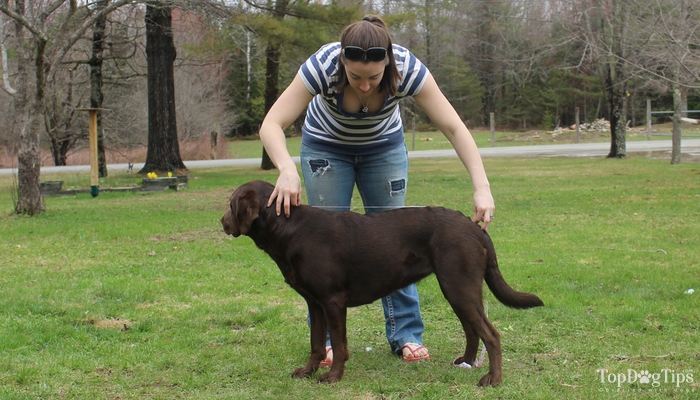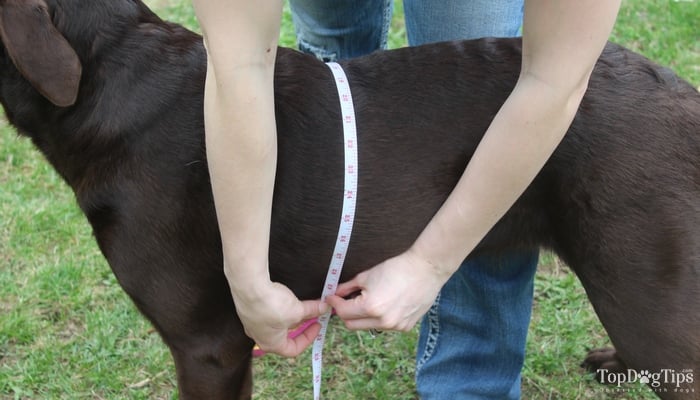Did you know that dog clothing can be dangerous for dogs to wear if it doesn't fit properly? Items that are too loose pose a chocking hazard, and can get caught on something causing an injury. If dog clothes are too tight, they'll chafe and could lead to lacerations on the skin. So it's important to know how to measure a dog for clothing.
Table of Contents
Note that pet clothing is not a necessity for every dog. Our dogs have their own fur coats for a reason. Their fur, especially if they're double coated, protects them from sun exposure, heat, cold and inclement weather. But dog clothes can also benefit hairless and small breeds, senior pets and dogs with certain health conditions.
If you believe that your dog needs to wear clothing, such as to keep warm, it's important that you measure your dog correctly. This isn't only for safety reasons, but also to ensure that you buy the right size of clothes. Wrong sizing is the most common reason owners have to return pet supplies, according to Amazon sellers.
The four measurements that I demonstrate in my video above are most commonly required when ordering dog clothing online. You'll need to know your dog's length, neck size and girth (chest measurement). For some articles of clothing, including snow and rain suits, you may also need to know how long your dog's legs are.
How to Measure a Dog for Clothing
1. Measure a Dog's Neck Size and Body Length
You'll need to use a simple fabric tape measure to measure a dog for clothing.
Neck. First, you'll need to measure the dog's neck size. This can be easily done whether your dog is sitting, standing or lying down. Simply wrap the fabric tape measure around your pet's neck where a collar would sit.
Body. Next, you should get the dog's full body length measurement. You'll need to do this while your pooch is standing on all fours (see photo above). Place the start of the tape measure where a collar would sit on your dog's neck, and then stretch it down to the base of the dog's tail. This will tell you how long a shirt or jacket must be to cover your pet's entire body.
2. Measure a Dog's Chest Girth
Now, let's talk about girth. This is the term used for your pet's chest measurement. Many owners are confused by what this measurement actually means, why they need it and how to properly do it. If that's you, watch my video above for a full demonstration on exactly how to measure your dog's chest girth and how it impacts picking dog clothes.
You need to measure the deepest part of the dog's chest. Again, this needs to be done when your dog is standing up (as in the picture). Begin by placing the start of the tape measure on the lowest point of your pet's chest. Wrap the tape up around his back, and then bring it back to the starting point.
3. Measure a Dog's Leg Length
As I mentioned, sometimes you may need to learn how to measure a dog for clothing which will include the measurement of the dog's legs. You won't see this measurement required often, but I wanted to include it anyway. For example, some dog snowsuits, leggings and rain gear may require the dog leg length measurement.
This one is simple. Starting where the dog's leg joins the body (a dog's armpit, if you will), measure straight down the leg to his paw. You don't need to measure all the way to the ground. Just to the spot where your pet's “ankle” is.
When the paw begins to extend outward, that's where you can stop, as you don't want the legs of your dog's clothes to drag on the ground. That's the number you need.
And you're done! Measuring for some functional dog supplies may be different, such as measuring for a harness, a pet door or booties, for example, so make sure you know how to do that as well if you're shopping for those items.
READ NEXT: How to Fit a Dog Collar Properly
Disclosure: We may earn affiliate commissions at no cost to you from the links on this page. This did not affect our assessment of products. Read more here and find full disclosure here.














